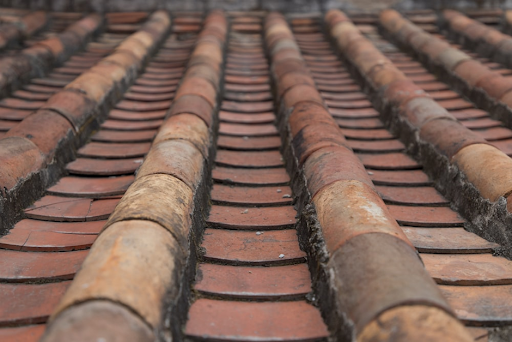
A leaking roof is probably the most frustrating roof problem, regardless of the size of your home. Homeowners dread having to position drip buckets every time it starts raining. A small drip from your roof is a sign of a serious roofing problem that should be checked immediately.
Whether the roof is one or 20 years old, identifying the cause of the leak is the difference between a simple repair and a major roof remodel. As you should learn more about roof repair, below are a few common causes of roof leaks.
Table of Contents
1. Cracked Flashing
Roof flashing is the thin piece of material installed where the roof joins and under the shingles to create a water barrier. Your roofing contractor can leave the flashing exposed or concealed. Regardless, cracked flashing often appears as large cracks on the roof that occur due to corrosion of tar, which is the main flashing material.
If the flashing is left exposed, harsh weather elements, like rain and wind, can easily cause cracks. Fixing this problem requires that you first identify the source of leaks. Once you’ve narrowed the cracked area, remove overlapping shingles, remove the cracked segments, and install new flashing.
2. Clogged Gutters
Clogged gutters are a common cause of roof leaks. Gutters and downspouts are important in channeling water away from the roof. However, this becomes impossible if leaves and branches block the gutters. If such happens, rainwater pools in one part of the roof, increasing the likelihood of seeping through cracks.
Fortunately, clogged gutters can easily be identified. For instance, you can easily notice overhanging tree leaves and branches. Another sign of blocked gutters is the trickling of water from downspouts, especially after a rainstorm. You should clean roof gutters regularly to prevent blockages. The same applies if your gutters are already blocked. Ensure that you remove all debris, like leaves and branches, that impede water flow.
3. Cracked Chimney
Unknown to most homeowners, cracked chimneys are another common cause of roof leaks. Chimneys have a mud cap primarily made from water, cement, and sand mixture. While it can reliably prevent leaks, harsh weather conditions erode the mortared area, leaving tiny holes, especially where the chimney connects to the roof.
Inspecting the mortared area is the best way to identify cracks in the chimney. You should also be on the lookout for loose shingles and flashing around this area. Depending on the size of the crack, replacing the eroded mortar can solve this problem. However, you should consider hiring a professional to handle these complicated repairs.
4. Improperly Sealed Valleys
A roof valley is the point of intersection between two roof planes. As the name suggests, valleys are sloped and can easily cause leaks if not sealed properly. Like chimney cracks, you can detect leaks from roof valleys by following wet spots along the roof seams. Valleys can cause leaks due to improper sealing, seal cracks caused by pressure, or erosion by rain and ice.
Fixing leaks caused by poorly sealed valleys requires professional intervention because of the complexities involved. Your roofer will prevent further leaks by installing a new barrier along the shingling and valley.
Endnote
In some cases, leaks from your new, old, or green roof are unavoidable. Heavy winds, rainstorms, and winter ice can damage the roof, causing leaks. Regardless of the cause, immediate interventions are required to prevent further structural damage and maintain the functionality of your roof.


